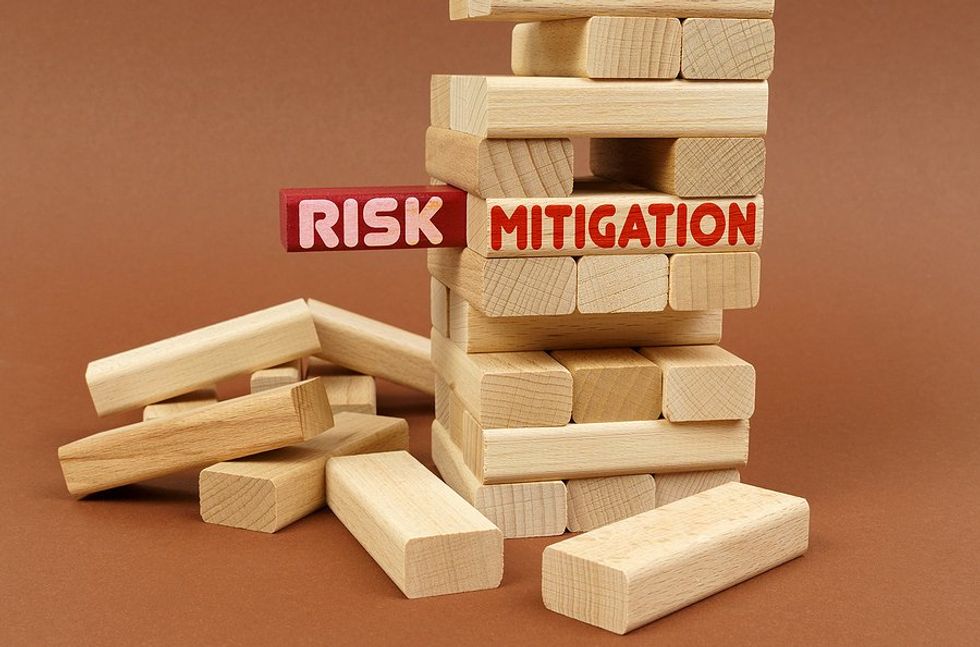[ad_1]
Most organizations perceive the significance of getting a complete threat administration program for his or her operations, processes, and techniques. They clearly have to handle their prices to stop monetary losses, however there’s way more, corresponding to defending the property (together with within the occasion of a enterprise disruption) whereas complying with authorized and regulatory mandates. In the event that they don’t, they may hurt their model picture, buyer belief, or stakeholder confidence. When organizations proactively establish, assess, and mitigate dangers, they’ll improve their resilience, sustainability, and long-term success.
Most organizations can’t do all of it by themselves and rent exterior events (corresponding to distributors, suppliers, or service suppliers) to assist them with particular merchandise/companies. Any exterior celebration that performs a big function within the group’s setting is taken into account to be a third-party vendor. Every of those third-party distributors may have dangers. Since they need to have their very own threat administration program, you’re not chargeable for any of their related dangers, proper? Unsuitable! Based on the Federal Reserve, “The usage of service suppliers doesn’t relieve an organization of the duty to make sure that outsourced actions are carried out in a secure and sound method and in compliance with relevant legislation and laws.”
Varieties Of Third-Occasion Threat
Bigstock
Every of those third-party distributors has dangers which will adversely affect your group’s operations, fame, and safety. So why aren’t extra organizations centered on third-party threat as a lot as they need to be? For some, it’s as a result of they aren’t conscious or don’t absolutely perceive the potential dangers whereas others “belief” their third-party distributors. Both cause isn’t going to be acceptable if one thing unhealthy occurs and it impacts your group.
Third-party threat particularly refers back to the potential dangers and vulnerabilities that come up from hiring a third-party vendor. A few of the prime dangers that you have to be conscious of are:
- Cybersecurity dangers – data safety incidents and knowledge breaches together with ransomware
- Compliance and regulatory dangers – non-compliance with numerous authorized or regulatory laws
- Operational dangers – enterprise disruptions within the occasion the third-party vendor is unable to ship their merchandise/companies (e.g., if they’ve a fabric scarcity) which may result in operational inefficiencies
- Reputational dangers – unethical practices, labor abuses, and so forth. {that a} third-party vendor does which can harm its fame
- Monetary dangers – monetary losses together with penalties, litigation prices, or lack of clients
Mitigating Third-Occasion Threat
Bigstock
If one thing unhealthy occurs to your third-party vendor, you wish to be as ready as doable. Since every third-party vendor is completely different, how are you going to finest mitigate these dangers? Proactively implement a strong third-party threat administration (TPRM) framework. Complete TPRM minimizes potential dangers launched to your group by third-party distributors who wish to work with you. Some issues are:
1. Begin by doing all your due diligence and finishing a complete evaluation earlier than signing any contract. Overview third-party expertise, licenses, pending authorized points, and so forth. The depth and ritual of the due diligence will rely upon the merchandise/companies the third-party will provide. Some contract gadgets are prices, efficiency metrics, proper to audit, knowledge possession, and termination rights.
NOTE: To your current third-party distributors (already signed contract), proceed with the opposite issues. Take into account merchandise primary when the present contract comes up for renewal.
2. Dangers might be associated to compliance, operation, and fame, to call a couple of. Overview contractual agreements, threat assessments, compliance/regulatory necessities, enterprise continuity/catastrophe restoration, and so forth. Do an evaluation of the dangers analyzing the affect and chance that they may happen.
3. Take into account having an exit technique detailing exit standards and procedures to make sure knowledge and property are securely transferred or disposed of (simply in case).
4. Carry out ongoing monitoring together with evaluating their monetary situation and reviewing their inner and knowledge safety controls (e.g., acquiring their SOC studies).
5. Constantly consider and replace the TPRM based mostly on enterprise operational adjustments, regulatory adjustments, and rising dangers.
The group’s (inner) threat administration program is crucial. As a result of the third-party distributors have a big function within the group’s setting, the (exterior) TPRM is necessary too. Organizations want to deal with each units of dangers to successfully handle their general threat panorama.
For extra data on third-party threat, follow me on LinkedIn!
From Your Website Articles
Associated Articles Across the Net
[ad_2]



